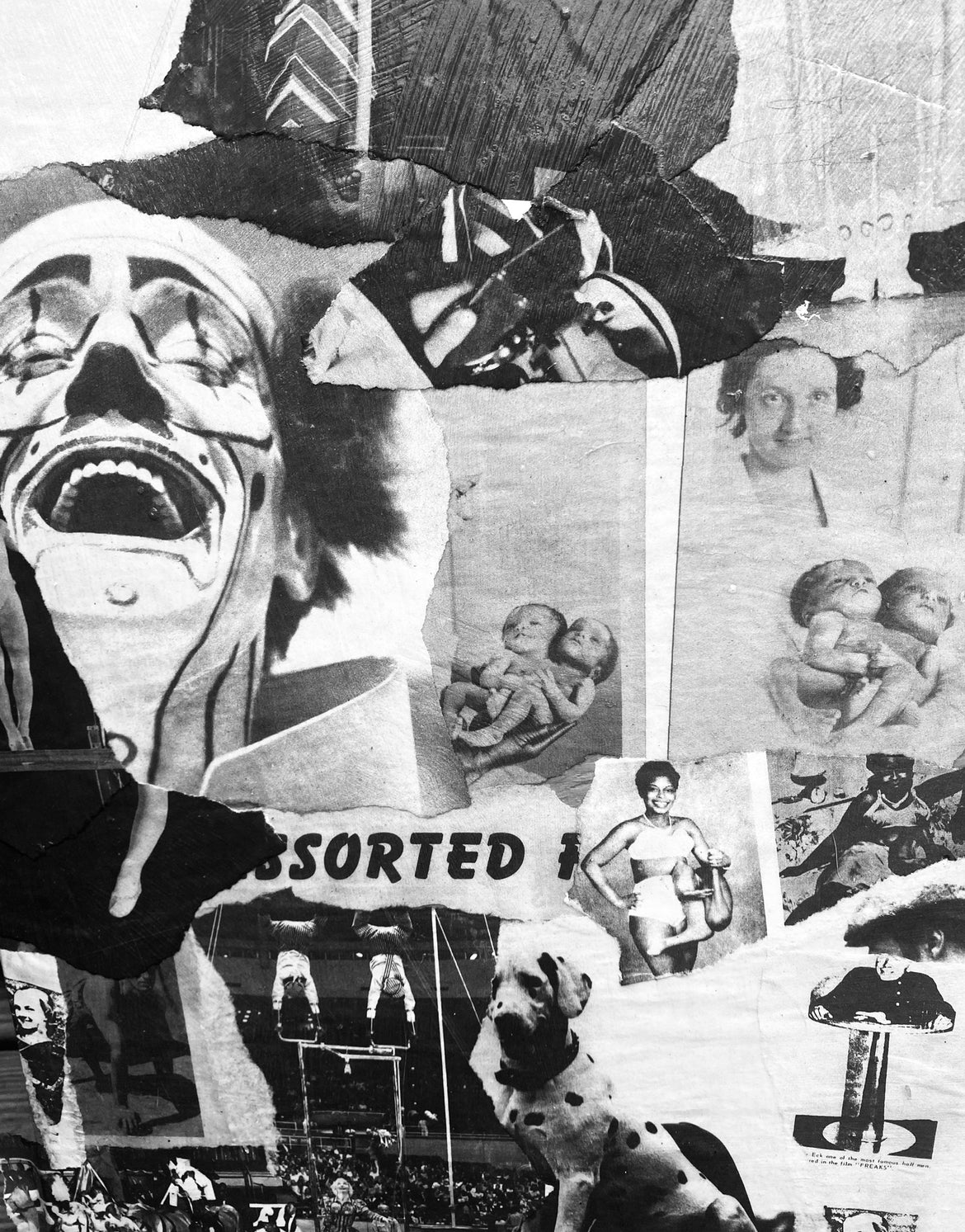
SORRY ENTERTAINER, 2023
In this series, AI is tasked with the profound act of representing the divine—figures such as God, Mother Earth, and the Holy Spirit. The paradox inherent in this act is rich with philosophical and theological implications. By using large language models (LLMs) to create visual depictions of these sacred figures, the series calls attention to the role of technology in shaping our understanding of the divine and, in turn, questions the very nature of creation itself. It asks: can a machine, a product of human invention, be capable of conceptualizing that which transcends human understanding?
The use of AI to represent figures like God or the Holy Spirit is deeply ironic. These figures, central to most major world religions, are traditionally seen as beyond human comprehension and outside the reach of the material world. They embody omnipotence, transcendence, and a form of creation that is divine, eternal, and unknowable. Yet here, through the lens of artificial intelligence, these sacred beings are generated by algorithms, computational processes that follow human instructions but lack the agency or consciousness to understand the metaphysical implications of their own creations. The AI’s output is thus a reflection of human imagination, but also a powerful commentary on the role of technology in shaping not only our material world but our conceptualizations of the metaphysical.
The AI-generated depictions in the series do not seek to “recreate” God or Mother Earth in the traditional sense, but rather to offer an interpretation of the divine through the lens of technology. This is not a mere replication; it is a reconstruction of sacredness through algorithms, filtered by the biases and frameworks of the data fed into the system. This presents a radical shift in how we engage with divine imagery. Where once sacred images were painstakingly crafted by human hands, imbued with centuries of cultural, spiritual, and artistic heritage, the divine is now distilled through code and digital matrices. What does it mean for humanity to now look to machines, rather than human artists or religious traditions, for representations of the divine?
Moreover, the series highlights a critical tension between the creative power of AI and its fundamentally mechanical nature. In depicting deities, AI brings forth an uncanny version of creation—one that mirrors the processes by which we ourselves have come to shape the world, but without the moral or spiritual agency that typically accompanies creation. AI can generate endless variations of divine figures, but its “creations” are not imbued with intentionality, nor are they connected to the broader cultural or theological narratives that have traditionally given these images meaning. The AI, in this case, serves as a tool that can simulate creation but is inherently disconnected from the metaphysical and existential forces that give life and depth to true divine representation.
This tension also taps into a larger philosophical question about the nature of creation itself. By using AI to “create” depictions of God or Mother Earth, the work evokes the idea that perhaps our understanding of the universe is shifting. If humans have the ability to design and give shape to the world through the tools they create—whether those tools are artistic, technological, or intellectual—then in a sense, we are taking on the role of creators. The AI, as an extension of human innovation, thus becomes a modern-day Deus ex Machina, capable of generating the world (or a version of it) from a pre-programmed set of instructions and data points. But this raises profound questions about the nature of authenticity in creation. Can a machine, a tool devoid of consciousness or spiritual awareness, truly capture the essence of the divine?
By exploring these themes, the series taps into a larger societal conversation about the relationship between humanity and technology. As AI continues to evolve, the line between human and machine-created worlds becomes increasingly blurred. What does it mean for our future if machines are not only capable of simulating human thought but of generating representations of the sacred? And, more urgently, what happens when our understanding of creation, once reserved for the divine or the human, becomes something that is also dictated by artificial intelligence?
Ultimately, this series pushes the viewer to reconsider the boundaries of creation, consciousness, and spirituality in an age dominated by technology. Through AI-generated depictions of divine beings, it opens a conversation about the potential and limitations of machine-made art, and the ways in which technology can both mimic and distort our most sacred concepts of the universe and creation itself.
